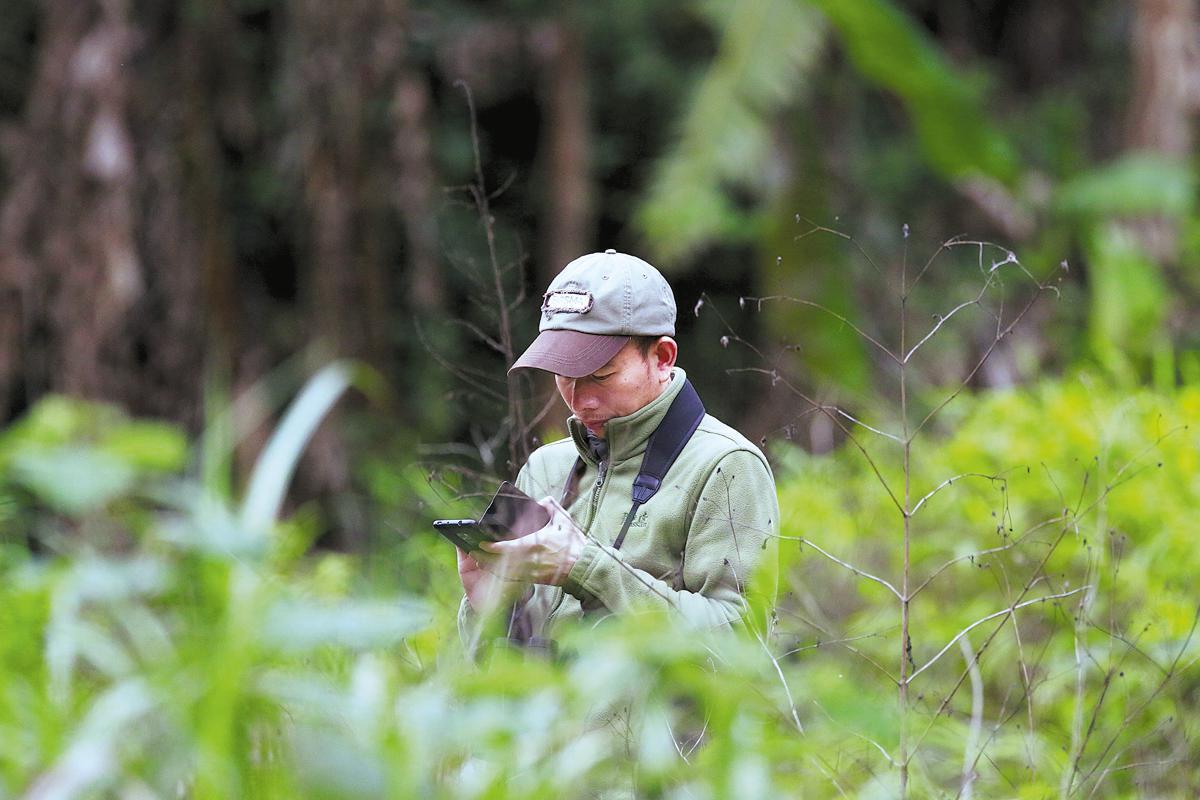Rangers put passion into scientific surveys
Bird and butterfly monitoring taken to the next level in Guangdong reserve


Liu was tasked with organizing 32 teams from 17 provinces, comprising 96 bird-watchers.
"This is the first time that the Mangshan reserve has joined us in hosting the bird-watching event," Liu said. "For me, it meant a lot more coordination work. I had to travel between Guangdong and Hunan four or five times to finalize all the event details."
Ranger Wu's role was to guide experts invited as judges for the survey throughout both reserves. "Like all the race participants, we had to start early, finish late and strive to record as many bird species as possible," Wu said.
After the five days, despite feeling exhausted and sleep-deprived, Liu and Wu were pleased with how the event unfolded. "The contestants recorded a total of 242 bird species across the two reserves, including a new sighting for Nanling," Liu said.
Liu and Wu saw the bird race as an opportunity to involve the public in a comprehensive survey, that would complement their regular work. Normally, surveying and biodiversity monitoring would be carried out by a team of three.
The reserve is split up into 216 grids. Because of the shortage of capable hands, Liu and his team can only monitor 42 grids and walk line transects of two to three kilometers at a time.
They would walk these line transects listening out for bird calls and logging them, a painstaking and time-consuming task.
Thankfully, bird-watching has become ever more popular in China in recent years, with budding amateur naturalists more than eager to help the rangers in their work.
























